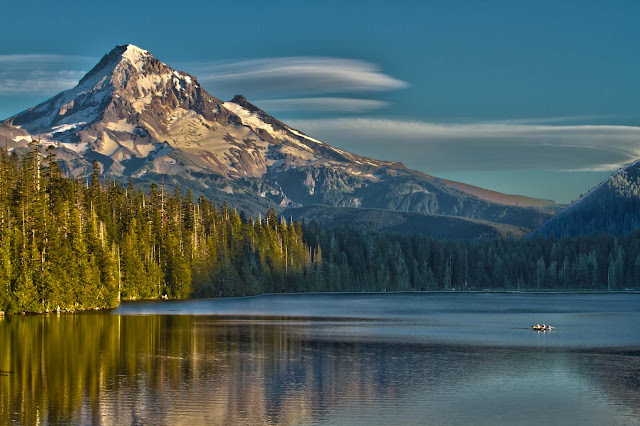The Odiham Castle is a ruined castle lies on the banks of the
Basingstoke Canal, but was built long before the canal existed near Odiham in
Hampshire United Kingdom. It is also
known as King John’s Castle, one of only three fortresses built by King John
during his reign. He visited this area
in 1204, selected the site to build Castle here lay halfway between Windsor and
Winchester. The Odiham castle built on 20 acres of land, took 7 years to
complete. The castle had a two-storey
stone keep and a square moat, raised banking and palisades. Particularly, the
stronghold also had a domus regis or king's house. By the end of 15th century
Odiham was used only as a hunting lodge, and in 1605 it was described as a
ruin. Now a day, Odiham Castle is open for public and only visible remains are
part of octagonal keep and outlaying earth works. Therefore, in Sep 2007 Hampshire
County Council undertook a restoration of the shell keep under guidance from
English Heritage. The Odiham Castle design was certainly unusual; the great
thick walls are made up almost entirely of flint, which would have been clad in
dressed stone, with narrow brick arches on some of the openings.
The most southerly corner of the moat survives in the form of
a small overgrown pond on the opposite side of the canal from the rest of the
castle. Whilst the Castle is well laid out and has good historical information
boards. The Greywell Tunnel is only a few hundred meters away with its history
and famous Bat site stories. Two series of archaeological excavations have been
carried out at the castle, one in 1953, and the other is somewhere 1981-1985. Archaeologists
have worked on the site for many years, excavating finds to try to determine
the castles history and the role it played throughout its years of service.
Today there are still several chapters that remain untold but someone can gauge
a reasonable picture of how this magnificent structure would have acted as a
fort, home and at one point, even a prison. Hence, if you’re looking for a
tranquil spot to walk the dog or a convenient stop off along the meandering
Basingstoke Canal, Odiham Castle is definitely worth a wander.






























































